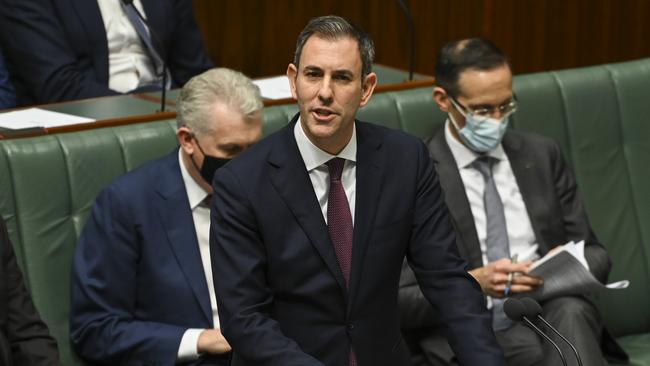
US GDP contracted 0.9 per cent overnight, adding fuel to fears of a recession that could spread around the world.
And the outward-looking players from Macquarie Group and Rio Tinto are leading the pack ahead of more domestic-focused companies in conditioning investors for lower returns and potentially some modest hits.
As Treasurer Jim Chalmers also this week painted a picture of the world economy treading a “precarious and perilous” path, these businesses are rethinking their outlook.
Macquarie’s Shemara Wikramanayake noted the investment bank had a robust June quarter, but conditions started softening in the final weeks. This slowing momentum has continued into July and coincided with super-sized central bank rate hikes and a slowing northern hemisphere.

Wikramanayake says she continues to maintain a cautious stance while even Glenn Stevens, the new Macquarie chairman and former Reserve Bank governor, noted we need to be “aware of the risk” of recession given that central banks around the world face a “very difficult” path to reach a soft landing.
Macquarie is also cashing up. It is now sitting on more than $10bn in surplus funds. This partly reflects slowing activity as it’s cash that would have otherwise been put to work in its financing and banking businesses. This time a year ago, when markets were booming, Macquarie’s surplus funds were a little over $7.5bn.
Cashing up
Macquarie’s position comes on the heels of Rio Tinto this week taking a more cautious stand in relation to its first-half dividend.
Rio Tinto chief executive Jakob Stausholm is choosing to preserve cash as he looks to keep the miner’s balance sheet rock solid ahead of a period when commodity prices are pulling back and global growth slows.
Elsewhere, Fortescue’s outgoing chief executive Elizabeth Gaines called out an exceptionally volatile period ahead for iron ore. There are “clear headwinds” to global economic growth given rising interest rates, Gaines says, and inflationary pressures continued to push higher through the quarter. Her comments came as she signed off on record shipments for the June quarter, her last production numbers as CEO.
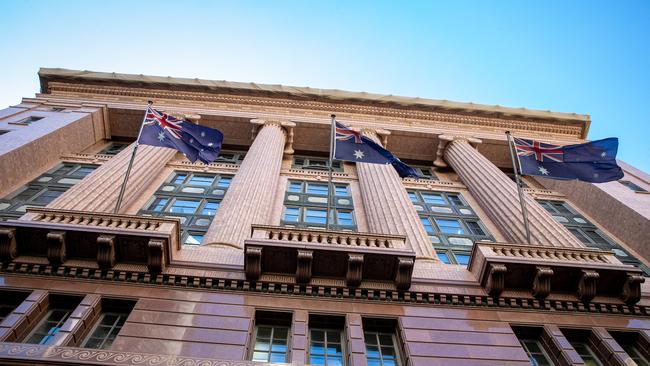
And for Macquarie, which generates three-quarters of its income offshore, the wheel is slowly turning again. In the Macquarie model its annuity-style businesses are going to be a more important driver of earnings in the near term than its more volatile market-facing businesses.
In a rising interest rate environment, its infrastructure and unlisted funds are becoming more active again, offsetting falls in activity across the fixed income and equities side of the asset management business. Commodities trading is still red-hot in energy-strained Europe, as markets are working around the shock of the Russian gas embargoes.
While merger and acquisition activity is off, Macquarie is growing in private equity funding.
“In markets like this, there’s often a good opportunity to invest in those areas where dislocation starts to emerge,” Wikramanayake says.
The green push is full steam ahead as it becomes one of the biggest private funders of renewable energy around the world. The investment bank also passed its own milestone at the end of May: all of its office towers and energy-hungry data centres were powered entirely by renewable energy.
Political economy
Make no mistake, Treasurer Jim Chalmers’ economic statement was all about the politics.
It has set the scene for a tough October budget and provided a well-worn template to explain why some costly election promises will be broken.
Like any new management taking over a pressured business, kitchen-sinking the problems in the first years means they can build a platform to over-promise in the later years. In Chalmers’ case, this coincides with the next election cycle.
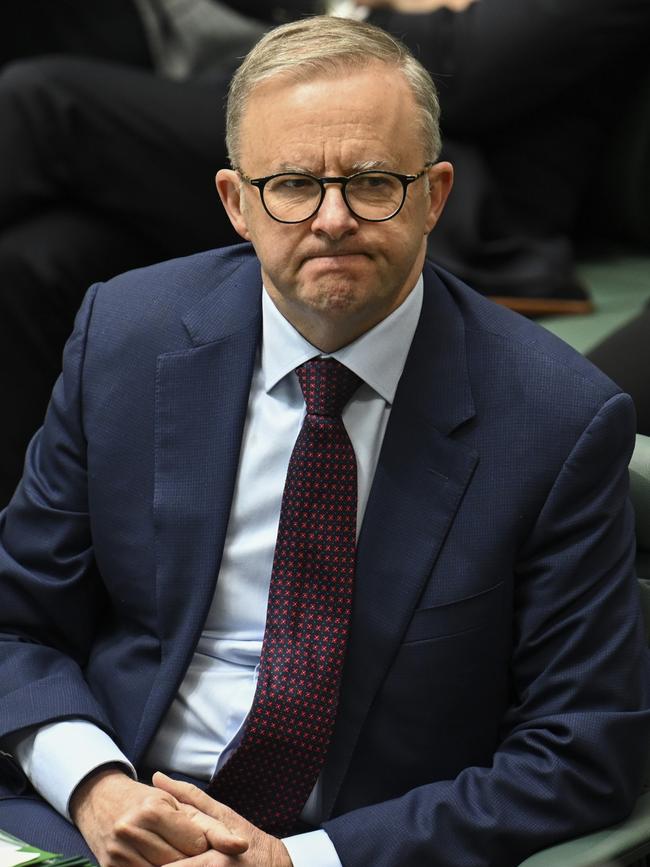
Chalmers’ economic statement on Thursday follows in the footsteps of a number of other governments and central banks around the world in taking a lower-key approach to downgrading their own economic growth forecasts while upgrading inflation in the face of a rapidly changing environment.
But as Chalmers presented Australia’s new growth forecasts he needed to break any link in voters’ minds between accelerating inflation, energy costs and successive interest rate hikes and the May 21 election. These pressures have been building for nine years and now war in Europe, supply chain squeezes and a global slowdown are taking their toll on Canberra’s weaker balance sheet.
Chalmers also highlighted how the “independent” Reserve Bank had carriage of interest rates and warned more rises were likely to come. This will mean a slowing Australian economy, particularly as consumer spending pulls back.
Even with the new economic forecasts, Australia remains an island of resilience in global economic waters. Europe is teetering on the edge of recession and US growth figures are expected to show the economy there is rapidly slowing and likely to be in a technical recession.
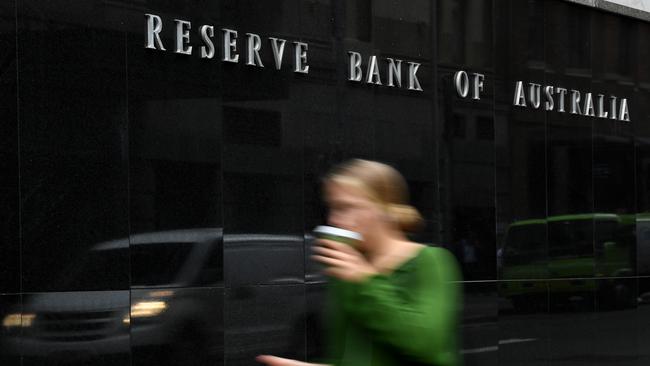
For Australia, GDP growth in the current financial year is forecast at 3 per cent, down from 3.5 per cent, with growth slowing further a year later at 2 per cent. For context, the 2019 calendar year, before Covid hit Australia, delivered a lacklustre 2.3 per cent annualised growth.
Despite softer-than-expected inflation in the June quarter, the new figures have Australian inflation peaking at a hefty 7.75 per cent in the December quarter this year. Banks have consistently called out Australia’s job market as the main indicator to watch on whether there will be mortgage stress. Unemployment is tipped to drift higher into the next year, but at the current 3.5 per cent it is at the lowest level in 50 years.
Chalmers is right to highlight that a higher rate environment is set to impact Australia’s borrowing costs, with the interest-servicing bill to become the fastest-growing expense to the budget. And inflation, which has been marginal for the past five years, will automatically add tens of billions of dollars to the forward accounts.
He has also highlighted the opportunity in renewable energy, and in reaffirming the Albanese government’s targets on carbon emission cuts, he has given a green light for big businesses to start detailing their own plans.
This week has already seen two of the nation’s big banks, National Australia Bank and Westpac, ramp up the urgency around green investment as well as detail their own path for green lending. By the end of the year Macquarie is set to unveil how it plans to curb its involvement in carbon-intensive industries, including upstream oil and gas.
This will involve a rethink of parts of its energy trading portfolio as it moves to a net zero financing footprint by 2050.
With the shift in tone, renewable energy spending among private investors is set to become an unstoppable force.
NAB and Deloitte this week released joint research that said that a $20 trillion wave of investment was coming for the renewable transition by 2050.
This includes $70bn in funds that are likely to be redirected into low emission activity by 2030. It is just hoped these funds answer the bigger need, and not just become piecemeal investments.



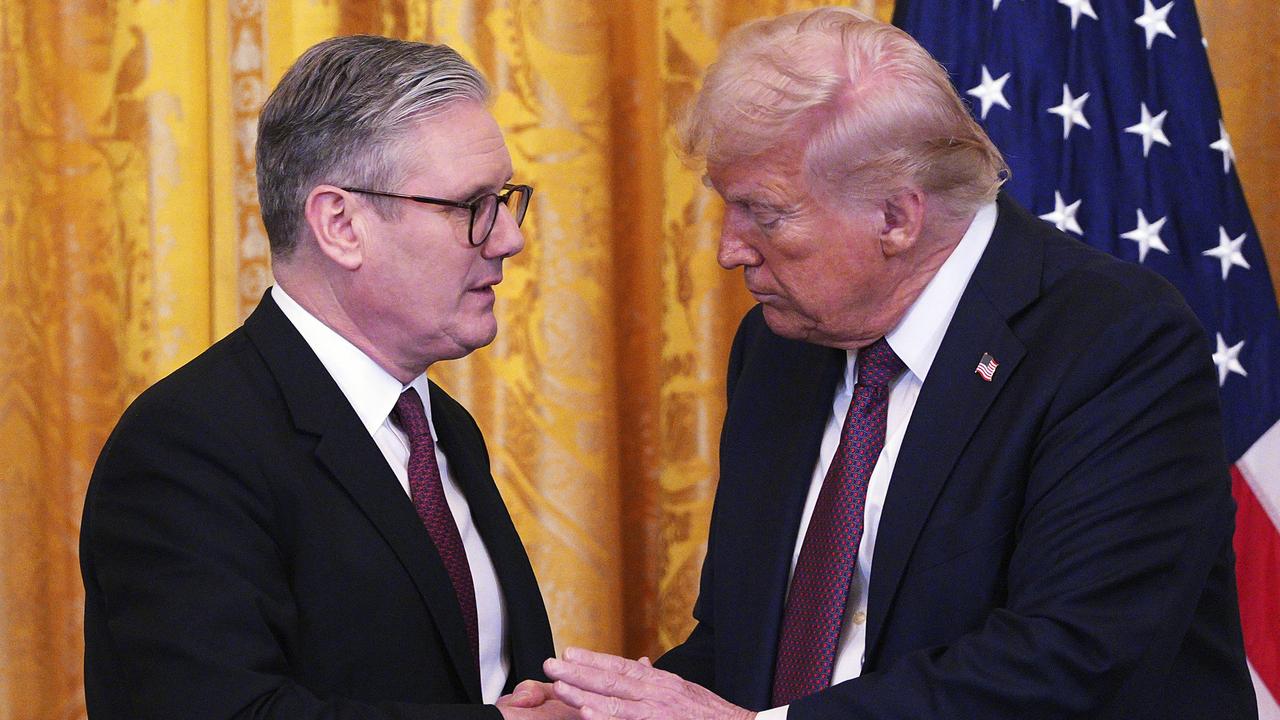
As US growth slides, Australia’s most internationally focused businesses are more advanced in preparations for the storm that is coming in a world where interest rates are still rising and inflation is some way from peaking.